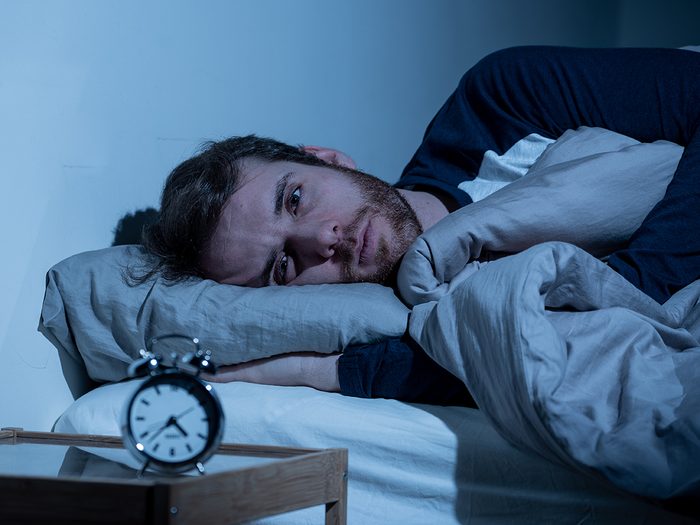
Chronic Back Pain Causes You Might Not Be Aware Of
What’s behind your chronic back pain?
Whether acute or chronic, back pain can leave us laid up for days. It can affect everything from the way we walk, sit and stand to our digestive, endocrine or neurovascular systems, says Clara Yan, an osteopathic manual practitioner with Satori Health and Wellness in Toronto.
Thankfully, once you’ve determined the chronic back pain causes at play, the discomfort is often treatable. Here are six of the most common contributing factors.

Your core is weak
Sitting at a desk all day with few opportunities to exercise—or a tendency to slouch—can weaken your core muscles. A strong core means your back has less work to do, as all muscles in the abdominal and back area share the task of keeping you upright. Exercises such as abdominal crunches and planks can build strength, thus alleviating pain. So can maintaining a good posture, with your shoulders back and your abdomen engaged. This is because your muscles are helping support your skeletal system and keep it from falling out of alignment.
Check out 10 easy exercise to boost your health.

You smoke
A 2016 study of more than 34,000 adults in the United States found that back pain ramped up with increased smoking. Researchers believe this is because smoking interferes with how arteries function, causing them to narrow. Damaged arteries in the spine can lead to pain and loss of function. Quitting smoking may help improve back pain.
Here are 10 unhealthy habits—and the best ways to quit them.

You’re overweight
Extra pounds are the number-one cause of chronic back pain, say experts. That’s because your body is forced to support the additional weight, freeing your muscles and joints to do more of the heavy lifting. Gaining excess weight can also throw off your centre of gravity, leading to back strain. Sticking to a balanced diet and 150 minutes of weekly exercise to maintain a healthy weight will help stave off discomfort.
Learn to spot the signs you need to move more.

You have sleep issues
Have you recently bought a new mattress? It might be responsible for your pain. Mattresses that are too soft, too misshapen from use or too hard can change your body’s alignment while you sleep.
Conditions such as sleep apnea can also affect your pain. “Chronic poor sleep increases the risk for developing chronic pain and lowers our pain threshold,” says Dr. Cary Brown, a professor of occupational therapy at the University of Alberta.
“Research has now clearly shown that pain and sleep have a bi-directional relationship—pain decreases sleep, and poor sleep increases the risk of pain,” she continues. Brown suggests talking to an occupational therapist about what changes you can make to your bedroom to ensure a quality sleep, and keeping a diary where you jot down notes about your nighttime rest to pinpoint issues.
Here’s expert advice on how to fix your sleep schedule.

You have a spinal or muscle issue
Mechanical conditions such as osteoarthritis or a herniated disc in your spine can lead to back pain and often show up in middle-aged people and seniors. “For these conditions, painkillers such as Tylenol, Advil or naproxen can help,” says Dr. Peter Panopalis, a rheumatologist at the McGill University Health Centre in Montreal, as can heat therapy or physiotherapy.
Back pain can also be caused by a muscular disorder such as fibromyalgia, which leads to widespread tenderness, fatigue and increased sensitivity to pain. Exercise, pain relievers and antidepressants can help manage the symptoms of this condition, which often strikes women over age 50.
Now that you know the most common chronic back pain causes, find out if shark cartilage can really help arthritis sufferers.